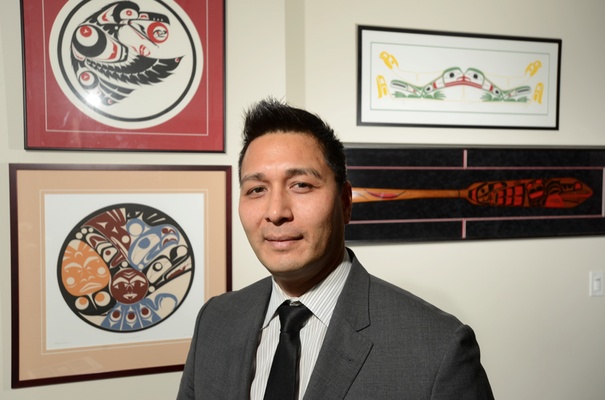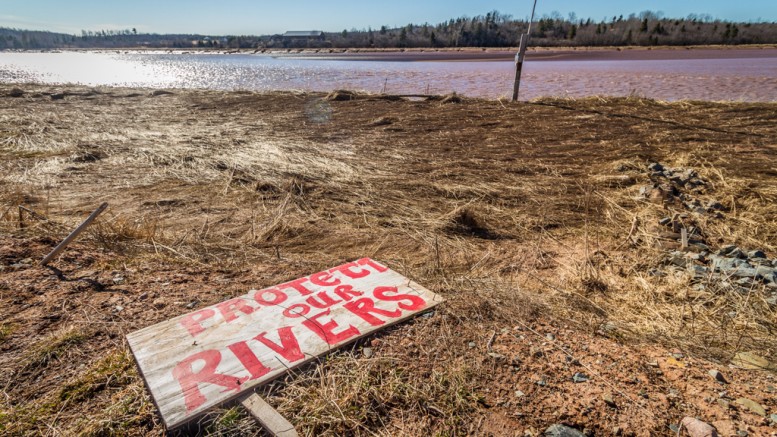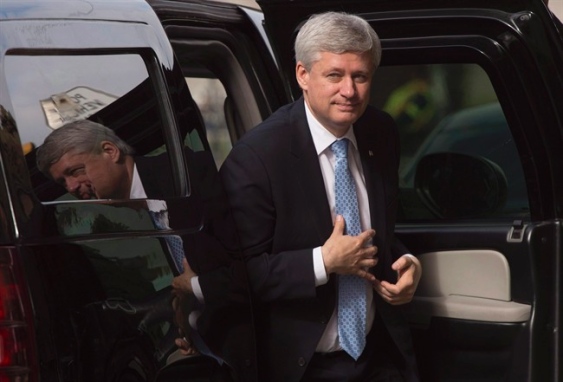Pace to meet emission reduction targets must quicken, but somebody has got to pay the bills
The Leap Manifesto. Is it a clarion call to action by one segment of the NDP or just another political slogan?
By Pat Bates, reposted from the CapeBretonPost, Apr 25, 2016
Time will tell.
It might be equivalent to the summons by Bonnie Prince Charlie at the Battle of Culloden – focused on climate-change targets while pursuing transformative adjustments to the national economy. A challenge indeed.
Unfortunately, there are segments in our society who don’t and will not believe that dangerous climatic change is upon us despite the authoritative work to the contrary.
While the preponderance of scientific research pointing to the deterioration of our atmosphere may be laborious reading, excellent narratives are available on the subject, i.e., Nicholas Stern’s “The Global Deal” (2009) and, more recently, the work by Naomi Klein entitled “This Changes Everything: Capitalism vs. The Climate” (2014).
Interested persons may remember the writings and talks by the late Canadian Maurice Strong. He championed the cause for action over four decades, giving advice to successive governments beginning with his assistance to Prime Minister Brian Mulroney at the Rio De Janeiro conference in the 1980s.
Not to be overlooked is the message from David McLaughlin, president of the national round table on The Environment and The Economy, in the round table’s 2012 report.
Also, one would be remiss in failing to recognize the work of the legendary Rachel Carson, whose book “Silent Spring” (1962) was one of the first literary works alerting people to the alarming trends in global climate change.
So what’s my point?
There is solid evidence that negative climate change is occurring at an increasing pace. Almost every day we hear arguments against or in support of carbon tax or trading. So, doesn’t it make sense for Canada to adopt, in its entirety, the foremost principle in the Leap Manifesto – fossil fuels should be left in the ground?
There appears to be universal agreement that fossil fuels are major contributors to adverse climate change. It is also true that those fuels and other mined minerals, through their exploitation, are major components of our economies. Reduction of the use of coal has begun already, but even at the current modest pace, the net effect, although reducing some emissions, has been to disrupt employment for mine workers in areas such as West Virginia, Kentucky and, more recently, Wyoming and Alberta.
We are learning that there has been little, if any, coordination between targeted reduction in exploitation of fossil fuels and the creation of alternate forms of new economies. This returns the discussion to the Leap Manifesto which appears to proclaim that, not only should fossil fuel extraction cease and be left in the ground, but it should come to a halt immediately. A novel – but not a pragmatic – proposition.
All of us, in some respect, are responsible for the fossil fuel crisis, especially industry and governments. Admittedly, in respect to oil markets and global economic conditions, the current viability of petroleum operations is static. However, society is already at least a quarter of a century late in seriously planning an off-fossil-fuel component economy. These shifts take time. But we blew our lead time; and the Leap Manifesto cold-shower model won’t work.
Alberta Premier Rachel Notley’s response to the Manifesto idea was courageous and unflinching in calling the Manifesto naïve. The downsizing of Western Canada’s inestimable financial investment in oil will take time. A genuine first-time approach to diversify that economy is underway, including the refinement of oil and chemical products. Labour force adjustments would need to be an integral part of the shirt. Depending on global economies, it would likely take two or more decades to make such a change, even allowing for sizeable emission reduction in the process.
Meanwhile, let’s get on with the Canada East Pipeline, be smart enough to clean much of the Bitumen out of our crude oil, and do something serious about improving the integrity of pipeline technology.
The pace to meet emission reduction targets must quicken. Along that pathway, however, governments will continually need to readjust local and national economies to sustain the workforce, because, at the end of the day, somebody has got to pay the bills.
Pat Bates worked for 17 years for the Irving Group of Companies in Atlantic Canada and 23 years with various federal economic agencies. The Sydney resident’s current focus is on community-based initiatives. He can be contacted at [email protected]










